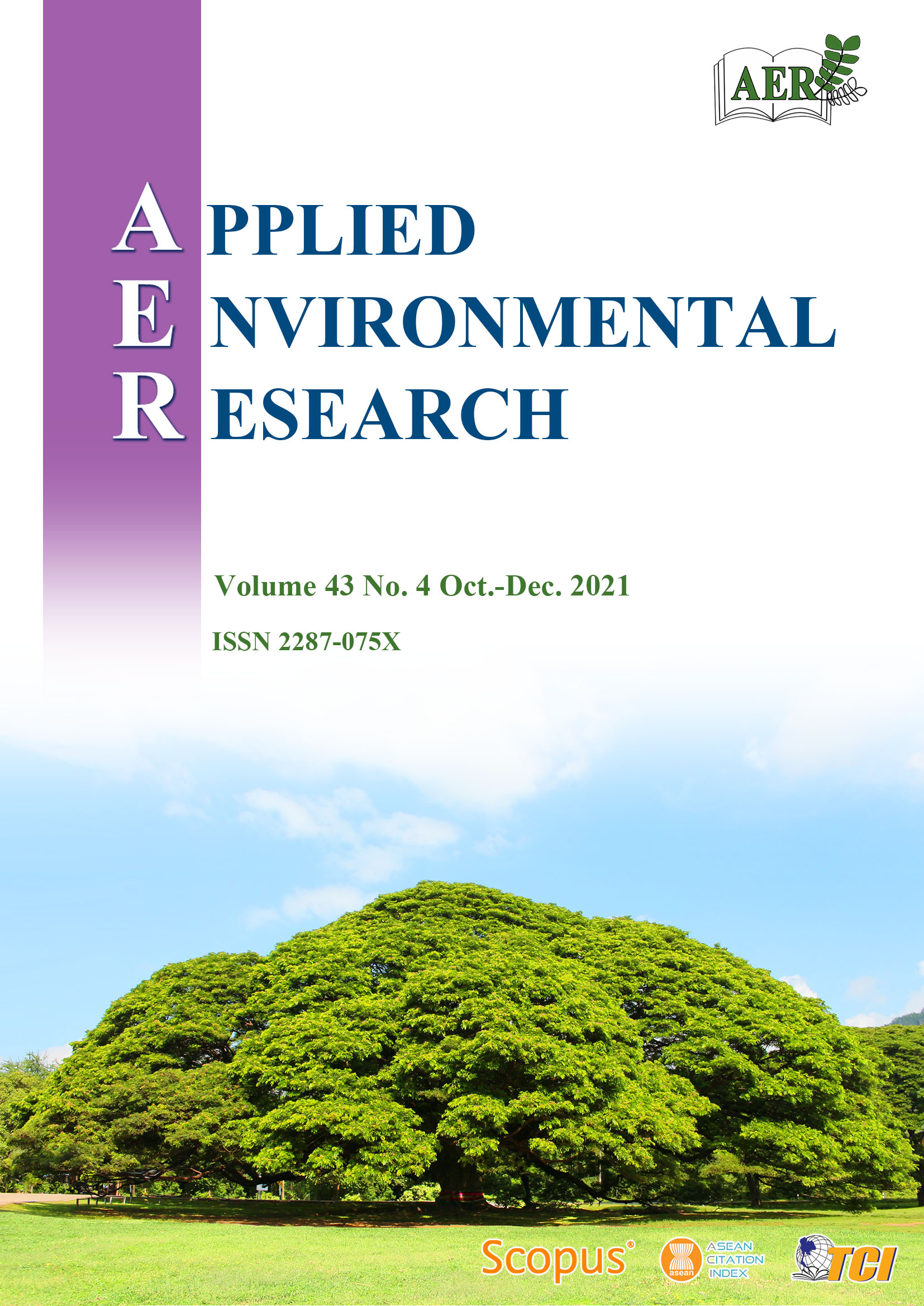Quantifying Avoidable Food Waste and Identifying Its Underlying Causes: A Case Study of a University Dormitory in Thailand
Main Article Content
Abstract
To develop well-planned and effective policies and programs for reducing avoidable food waste, it is important to quantify the actual food waste level in particular settings and assess relationships among consumers’ awareness, attitudes, and behaviors. Recognizing these considerations, this paper measured avoidable food waste generated by university students living in dormitory buildings and identified its underlying causes in the case of Kanchanaburi campus, Mahidol University, Thailand. The study applied a food waste composition survey 18 times between January and May 2019 while administering questionnaires in October 2019 to the dormitory students. Based on these measures, the study identified 1,417 instances of avoidable food waste. Approximately half of the avoidable food waste had not even been eaten. Most of this waste was generated by female students. Some factors in terms of motivation, opportunity, and ability using a Motivation, Opportunity, Ability framework were found to have induced more food waste among female students. Due attention to the effect of avoidable food waste reduction includes educating dormitory students about food waste as well as more space and increased visibility of stored food in shared refrigerators. Targeting university students for reducing avoidable food waste in the setting of everyday life in dormitories is needed rather than simply focusing on the food service sector on campus.
Article Details

This work is licensed under a Creative Commons Attribution-NonCommercial 4.0 International License.
Published articles are under the copyright of the Applied Environmental Research effective when the article is accepted for publication thus granting Applied Environmental Research all rights for the work so that both parties may be protected from the consequences of unauthorized use. Partially or totally publication of an article elsewhere is possible only after the consent from the editors.

